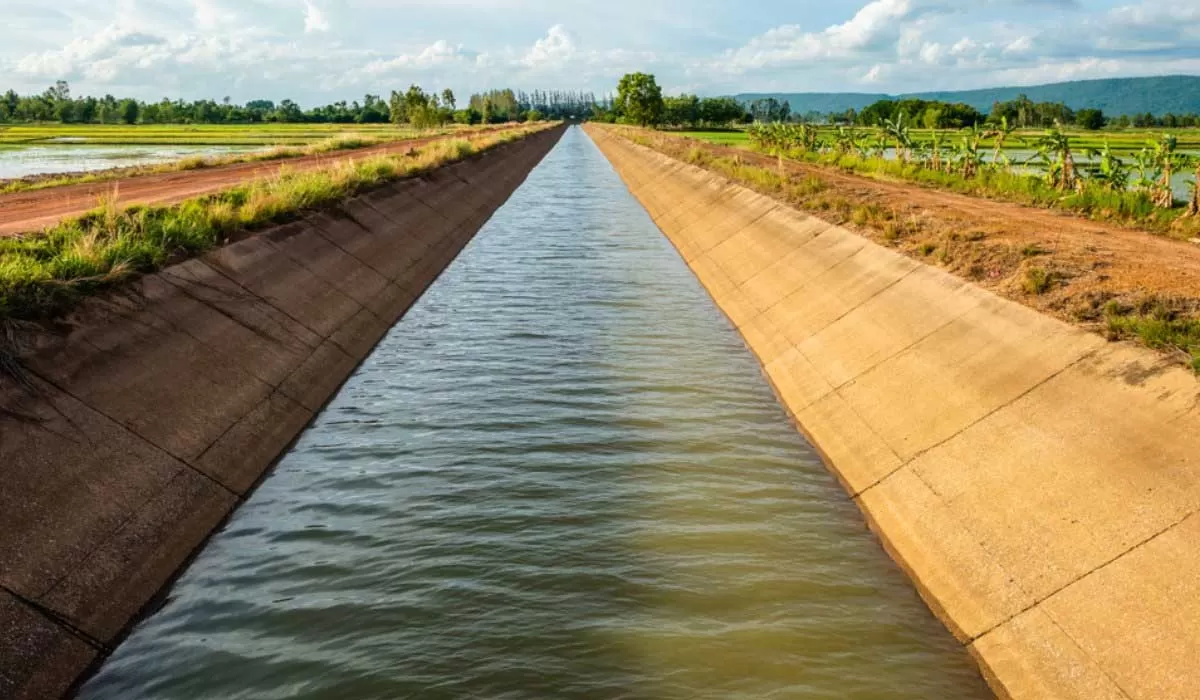The IEA's latest market update reveals that global coal consumption reached an unprecedented peak in 2022 and is expected to remain at that high level this year. This surge is mainly driven by robust growth in Asia, where both power generation and industrial applications are experiencing significant expansion, outweighing the declines observed in the United States and Europe.
According to the mid-year Coal Market Update released by the IEA today, coal consumption in 2022 surged by 3.3% to reach a record-breaking 8.3 billion tonnes. Looking ahead to 2023 and 2024, the report predicts a slight decrease in coal-fired power generation, but this decline is likely to be offset by increased industrial utilization of coal, though these trends vary across different geographical regions.
In 2023, it is anticipated that China, India, and Southeast Asian nations will together account for three-quarters of the world's total coal consumption. Meanwhile, in the European Union, coal demand showed minimal growth in 2022, as a temporary spike in coal-fired power generation was nearly offset by reduced usage in industries. However, European coal consumption is projected to experience a significant decline this year, driven by the expanding presence of renewable energy sources, along with partial recoveries in nuclear and hydropower capacities after recent setbacks.
Similarly, in the United States, the transition away from coal is being accelerated by the availability of lower-priced natural gas.
Following a turbulent three-year period characterized by the impact of the Covid-19 pandemic in 2020, a strong post-pandemic recovery in 2021, and the disruption caused by Russia's invasion of Ukraine in 2022, the coal markets have now regained stability and are exhibiting more predictable patterns in 2023. In the first half of 2023, global coal demand experienced an estimated growth of approximately 1.5%, reaching a total of around 4.7 billion tonnes. This growth was driven by a 1% increase in power generation and a 2% rise in non-power industrial uses.
In specific regions, the United States and the European Union witnessed a faster decline in coal demand during the first half of the year than previously anticipated, with drops of 24% and 16%, respectively. However, the two largest consumers of coal, China and India, saw a remarkable increase in demand of over 5% during the same period, which more than compensated for the declines observed elsewhere.
“Coal is the largest single source of carbon emissions from the energy sector, and in Europe and the United States, the growth of clean energy has put coal use into structural decline,” said IEA Director of Energy Markets and Security Keisuke Sadamori. “But demand remains stubbornly high in Asia, even as many of those economies have significantly ramped up renewable energy sources. We need greater policy efforts and investments – backed by stronger international cooperation – to drive a massive surge in clean energy and energy efficiency to reduce coal demand in economies where energy needs are growing fast.”
The demand for coal in Asia is continuing to rise. In 2021, China and India together accounted for two-thirds of the world's coal consumption, using twice as much as the rest of the world combined. By 2023, their combined share is expected to be close to 70%. On the other hand, the United States and the European Union, which accounted for 40% of global coal consumption three decades ago and over 35% at the beginning of the century, now represent less than 10%.
A similar trend is observed in coal production. The three largest coal producers, China, India, and Indonesia, all achieved record production amounts in 2022. In March 2023, China and India set new monthly production records, while Indonesia achieved an unprecedented volume of coal exports. In contrast, the United States, once the leading coal producer globally, has reduced its production by more than half since its peak in 2008.
After experiencing extreme volatility and high prices in the previous year, coal prices decreased in the first half of 2023 to levels seen in summer 2021. This drop was driven by ample supply and lower natural gas prices. The price of thermal coal fell below that of coking coal again, and the significant premium for Australian coal narrowed due to improved production conditions after disruptive La Niña weather. Russian coal, previously banned in Europe, found new markets, but often at discounted prices.
The lower coal prices have made imports more appealing to price-sensitive buyers. Chinese imports nearly doubled in the first half of 2023, and global coal trade is expected to grow by over 7% in 2023, surpassing overall demand growth and approaching record levels seen in 2019. Seaborne coal trade may even exceed the record of 1.3 billion tonnes set in 2019.
See also:
India's coal demand likely to peak between 2030-2035
India’s coal demand grew at highest pace globally in 2022


















